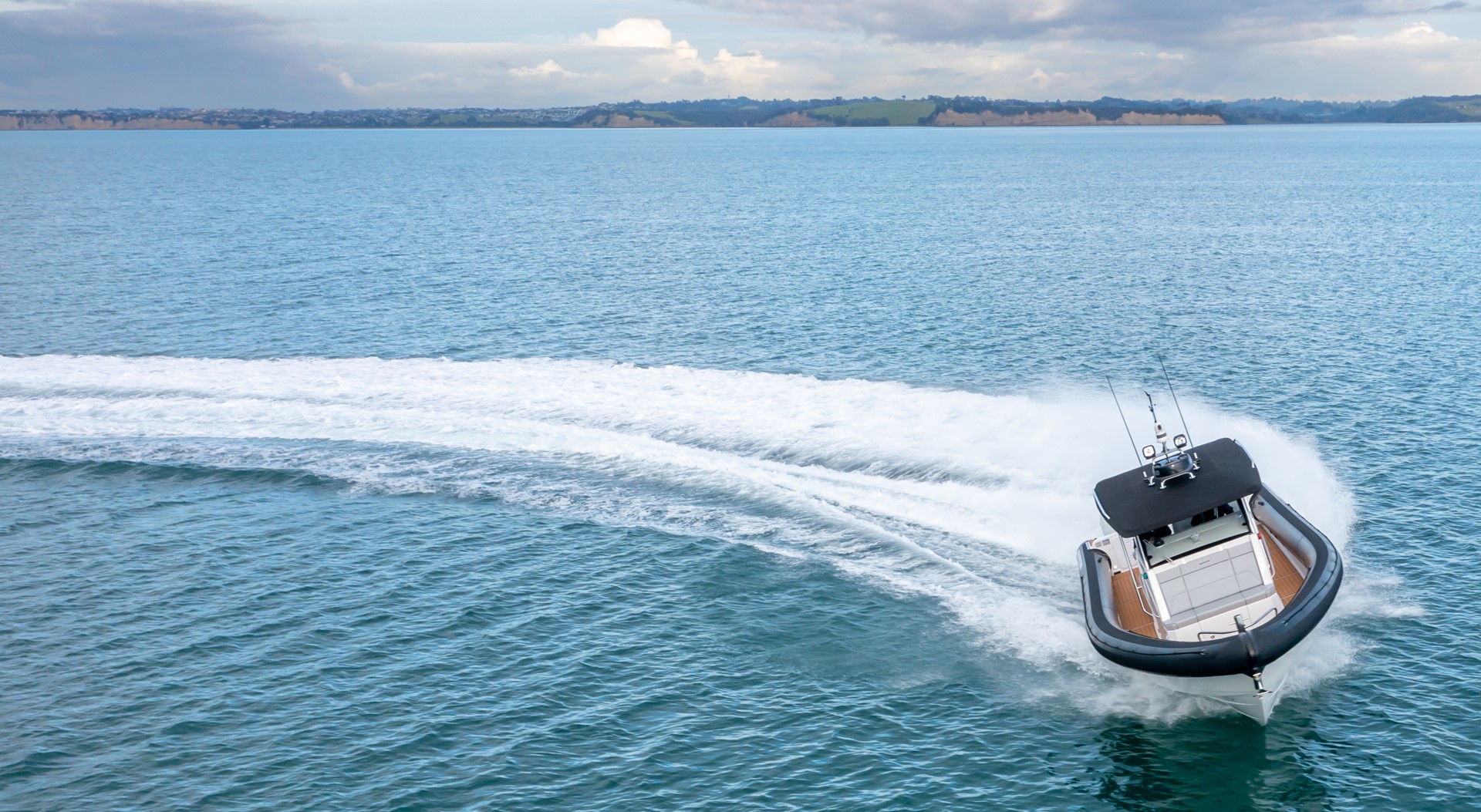In some places, the tide barely rises and falls, while in others tides can drop several meters within hours. And that doesn’t cover the possibility of wind causing heavy chop, making even familiar waters dangerous.
Luckily, if you take two minutes to check the tide before every trip, you can avoid running over sandbars, struggling in rough waters and all the other dangers going out in the wrong tide may cause. Read our quick guide to make sure you’re getting it right.
CHECKING THE TIDE
Check the tide before every trip. Metservice.com is a good place to start, or better again the New Zealand coastguard app which provides you with live tides and weather conditions. You can download this from the app store or google play.
Look at the total rise and fall of the tides and the times of high and low tide. If you’re unfamiliar with an area, speak to a local boaty as they’ll be able to talk you through the dangers of the area at each tide.
Don’t have a local on hand? Just make sure you take a good look at the marine chart so that you can understand where the danger areas may be at certain tides, or give the Rayglass team a call for local advice on the Hauraki Gulf area.
WHAT TO WATCH OUT FOR
Tides can behave differently in locations as little as 20km apart. If you’re having a look around a new area, be sure to check the tides before hand, particularly if you’re crossing a sand bar or exploring a shallow bay. Sand bars can be particularly risky in certain tides so you must always know what to watch out for in your area.
Spring tides, which occur after a full moon, are often bigger and cause stronger tidal streams. You should be particularly careful when these occur as the larger tides can make familiar routes hazardous, particularly if there’s strong winds.
Want more tide advice? Drop in to Rayglass’s Mt Wellington showroom soon to chat to a local expert and check out our full range.






